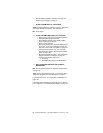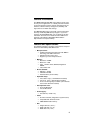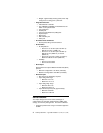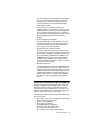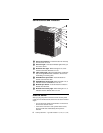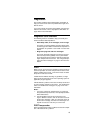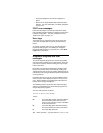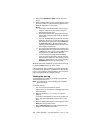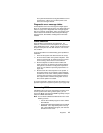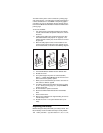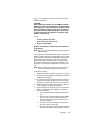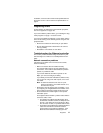
10 Netfinity 3500-M20 – Type 8657 Models 21Y, 22Y, 31Y, 32Y,
• One beep indicates the successful completion of
POST.
• More than one beep indicates that POST detected a
problem. For more information, see “Beep symptoms”
on page 129.
POST error messages
POST error messages occur during startup when POST
finds a problem with the hardware or detects a change in the
hardware configuration. For a list of POST errors, see
“POST error codes” on page 141.
Error logs
The POST error log contains the three most recent error
codes and messages that the system generated during
POST.
To view the contents of the error log, start the Configura-
tion/Setup Utility program (see “Starting the Configura-
tion/Setup Utility program” on page 33); then, select Error
Logs from the main menu.
Diagnostic programs and error
messages
The server diagnostic programs are stored in upgradable
read-only memory (ROM) on the system board. These pro-
grams are the primary method of testing the major compo-
nents of the server.
Diagnostic error messages indicate that a problem exists;
they are not intended to be used to identify a failing part.
Troubleshooting and servicing of complex problems that are
indicated by error messages should be performed by trained
service personnel.
Sometimes the first error to occur causes additional errors.
In this case, the server displays more than one error mes-
sage. Always follow the suggested action instructions for
the
first
error message that appears.
The following sections contain the error codes that might
appear in the detailed test log and summary log when run-
ning the diagnostic programs.
The error code format is as follows:
fff-ttt-iii-date-cc-text message
where:
fff is the three-digit function code that indicates
the function being tested when the error
occurred. For example, function code 089 is
for the microprocessor.
ttt is the three-digit failure code that indicates
the exact test failure that was encountered.
iii is the three-digit device ID.



